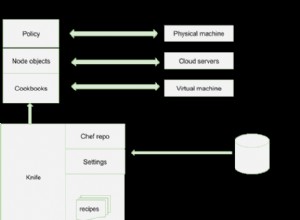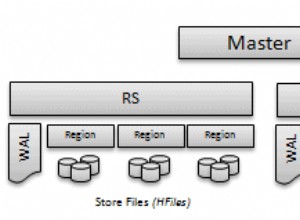Kiedy chcesz używać curl, potrzebujesz REST przez RESP, jak webdis, tinywebdis lub turbowebdis. Zobacz https://github.com/markuman/tinywebdis#turbowebdis-tinywebdis--cherrywebdis
$ curl -w '\n' http://127.0.0.1:8888/ping
{"ping":"PONG"}
Bez interfejsu REST dla redis możesz na przykład użyć netcata.
$ (printf "PING\r\n";) | nc <redis-host> 6379
+PONG
W przypadku redis chronionego hasłem możesz użyć netcata w ten sposób:
$ (printf "AUTH <password>\r\n";) | nc <redis-host> 6379
+PONG
W netcat musisz samodzielnie zbudować protokół RESP. Zobacz http://redis.io/topics/protocol
aktualizacja 2018-01-09
Zbudowałem potężną funkcję bash, która pinguje instancję redis za wszelką cenę przez tcp
function redis-ping() {
# ping a redis server at any cost
redis-cli -h $1 ping 2>/dev/null || \
echo $((printf "PING\r\n";) | nc $1 6379 2>/dev/null || \
exec 3<>/dev/tcp/$1/6379 && echo -e "PING\r\n" >&3 && head -c 7 <&3)
}
użyj redis-ping localhost




